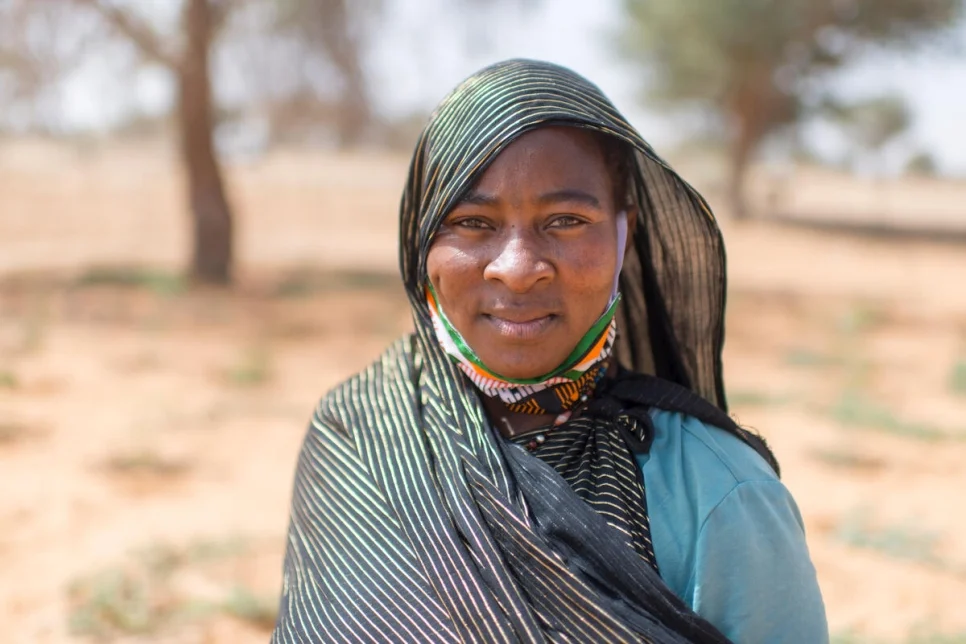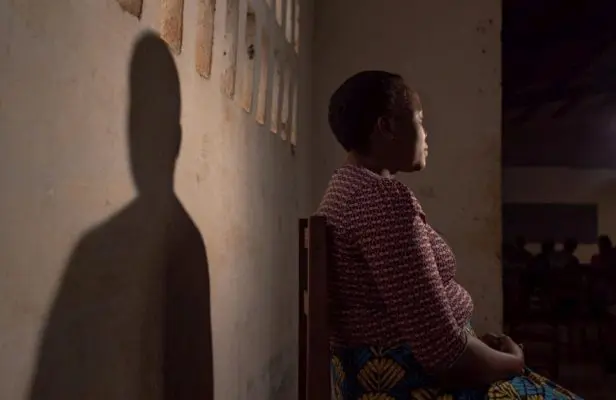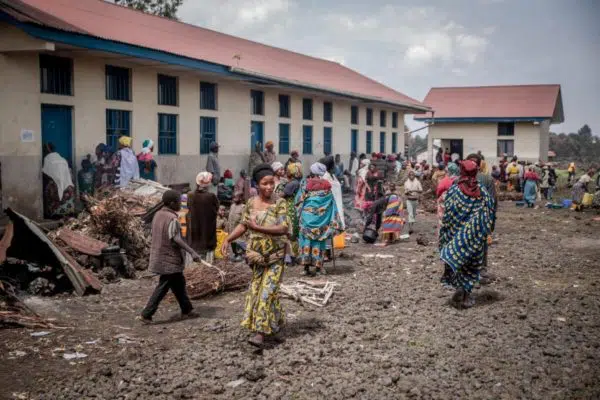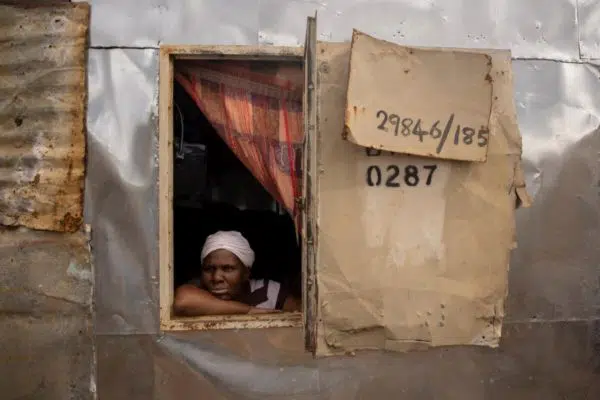
Rabi Saley, 35, who fled Mali after attacks on her hometown, found refuge in Ouallam, Niger, where she works on a market garden with other refugees, displaced and local women. © UNHCR/Colin Delfosse
Statement attributed to the UNHCR Assistant High Commissioner for Protection, Gillian Triggs
Conflict, climate change and the Covid-19 pandemic are delivering a triple blow to the rights and safety of refugees, internally displaced and stateless women and girls, many of whom were already facing deep-rooted inequalities and discrimination.
Two years into the pandemic, we continue to see increased reports of gender-based violence, from domestic violence, forced marriages, child labour, to trafficking and exploitation.
In some contexts where families are hit by conflict, disaster, insecurity and spiralling poverty, girls are being taken out of school to work, beg, wed – and in the most extreme cases, to be sold.
Worsening socio-economic conditions aggravated by the pandemic, mean displaced women and girls are among those hardest hit. Millions are dependent on precarious employment in the informal economy – earning less and yet spending more to sustain their families. They are at greater risk of poverty and exploitation.
Gender inequality is both a root cause and a consequence of forced displacement. We know from our daily interactions that women and girls living in humanitarian crises and armed conflicts are at heightened risk.
We fear existing gender inequalities will only deepen from the impacts of climate change – from inequities in access to natural resources, legal rights, livelihood opportunities, formalized safety nets, technologies and information, and more.
As we mark International Women’s Day, we urge governments, civil society and each of us and our communities to address gender inequality in all its forms and to support and promote the leadership, inclusion, and full participation of displaced women and girls.
For its part, UNHCR is committed to support local, women-led, frontline responses and to strengthen our collaboration with women-led organizations – especially those led by refugees and stateless and internally displaced women and girls.
Unless concerted efforts are made to work in partnership with forcibly displaced women and girls, displaced communities and all stakeholders to transform systems and harmful social norms that perpetuate gender inequality and discrimination, we risk leaving refugee and forcibly displaced women and girls behind.
Notes to editors:
To further support women-led responses, UNHCR has bestowed today seven 2022 NGO Innovation Awards to women-led and girl-led organizations in Malaysia, Peru, Nigeria, DRC, France and Iraq. This year’s awardees are all working to advance gender equality and leadership for displaced and conflict affected women and girls.
These awards recognize the efforts and accomplishments of NGOs who have creatively and effectively delivered essential protection and services to refugees, forcibly displaced and stateless communities. More information on the award and the award winners is available here.
For more information on this topic, please contact:
-
- In Geneva, Shabia Mantoo, mantoo@unhcr.org; +41 (79) 337 76 50
Originally published by UNHCR on 08 March 2022





